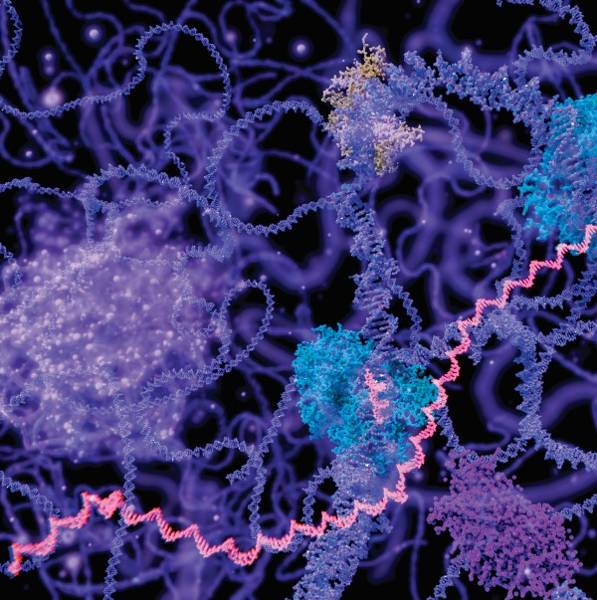
This article appears in the Witness section of the Summer 2020 edition of New Humanist. Subscribe today.
Before the development of penicillin, there was a very real danger that an infected cut or sore throat could quickly become life-threatening. Now, with the rise of antibiotic resistant bacteria, that spectre is looming once again. Already 700,000 people die each year from bacterial infections that were once treatable with antibiotics. This figure is predicted to rocket to 10 million by 2050.
The problem is that we haven’t been creating new classes of antibiotics fast enough. There was a flurry of activity between the 1940s and 60s which saw the discovery of 21 new types of antibiotics. In the 1970s and 80s we added seven more. But in the following three decades, not a single new class was registered.
As Jim Collins of the Massachusetts Institute of Technology has summarised: “People keep finding the same molecules over and over,” so “we need novel chemistries with novel mechanisms of action.” But instead of thinking these up themselves, Collins and his team handed the job over to artificial intelligence. They started by training an algorithm to recognise compounds that are toxic to bacteria by “showing it” thousands of molecules with known antibacterial activity. Next, they fed the AI the contents of chemical databases such as the Drug Repurposing Hub, which contains thousands of compounds already being considered as drug candidates.
The AI highlighted over a hundred candidates. When these were tested for their biocidal properties, nine were particularly effective antibiotics. The team focused on one drug (they named the molecule halicin, in tribute to HAL in Kubrik’s 2001: A Space Odyssey). Originally intended as a diabetes treatment, halicin turned out to also be a broad spectrum antibiotic. Not only that, it appeared to work in a way that was unlike other antibiotics, blocking the movement of protons across the bacterial cell membrane. This suggests it really is a new class of antibiotics.
The team also tested toxicity in mice (it’s low) and how quickly bacteria evolve resistance to halicin (it’s slow). Together, this seems to suggest that halicin and machine-learning-based drug discovery both have promising futures.

